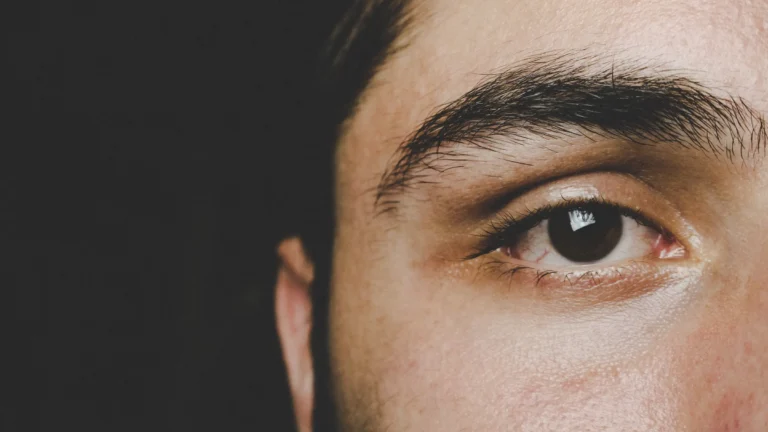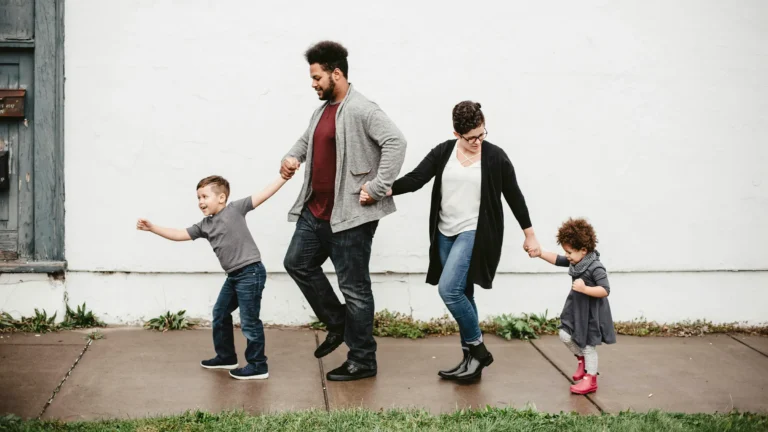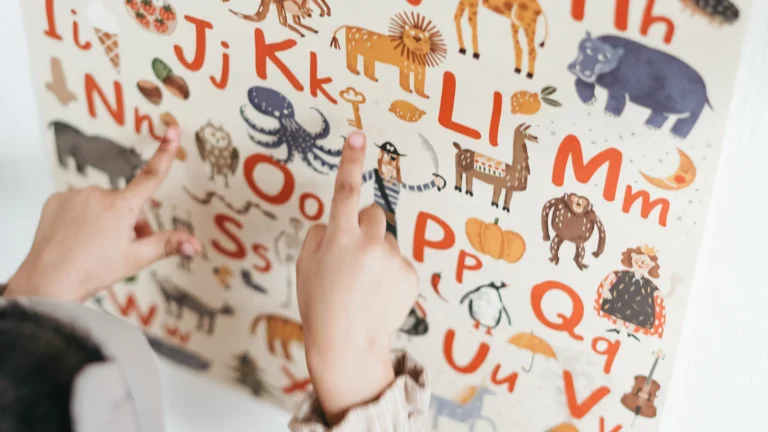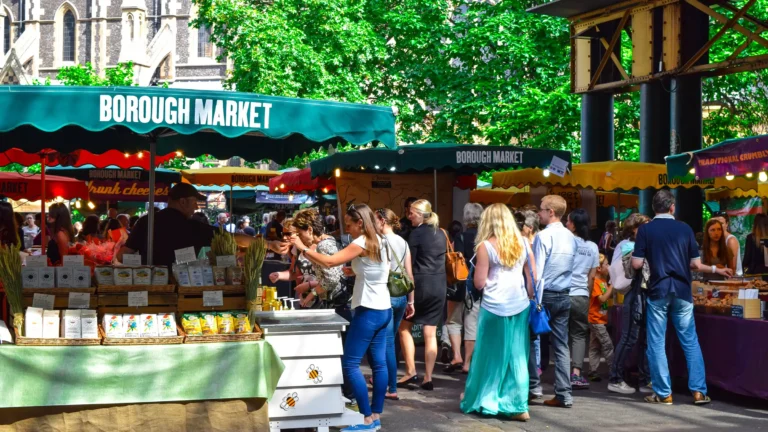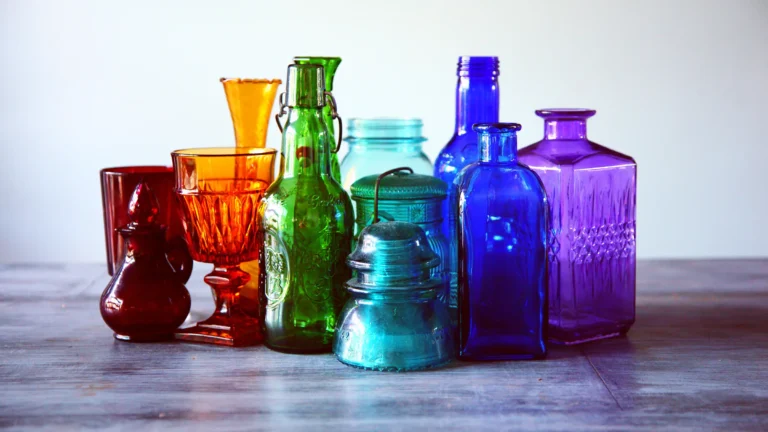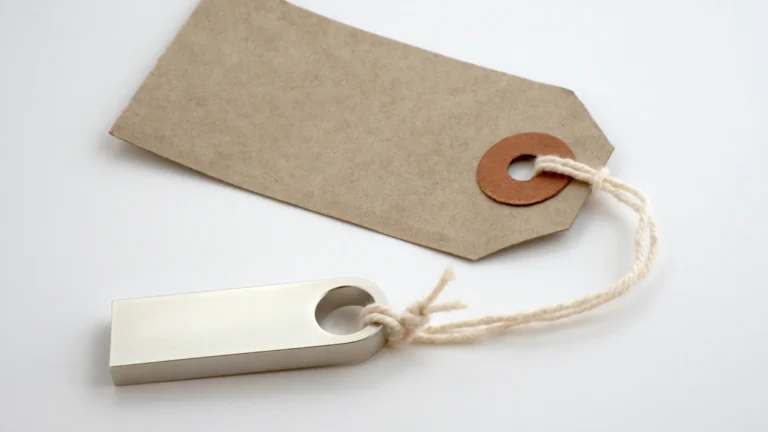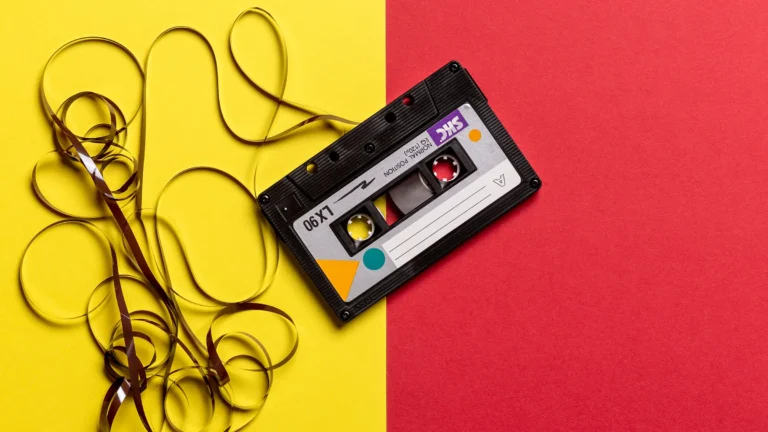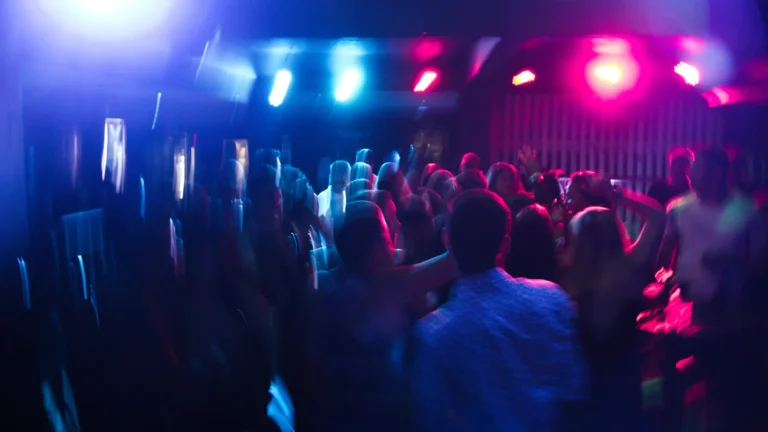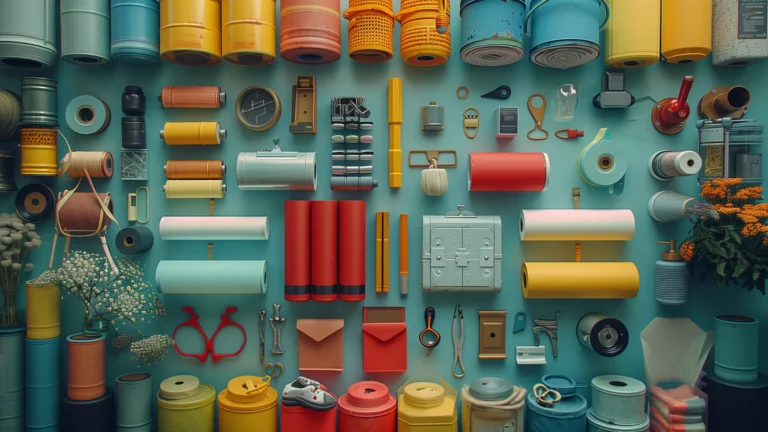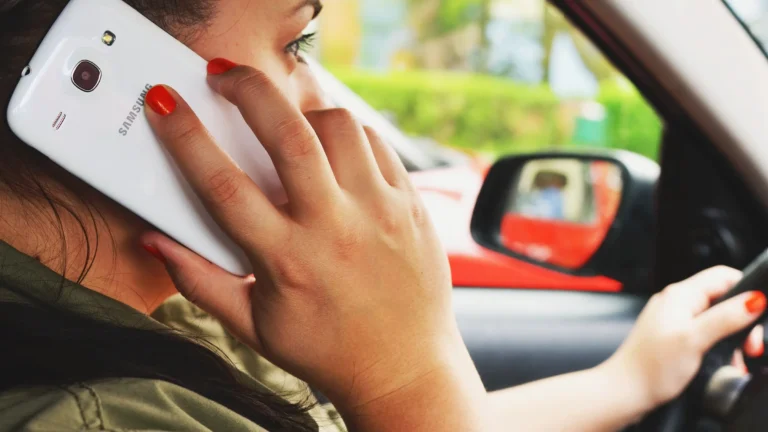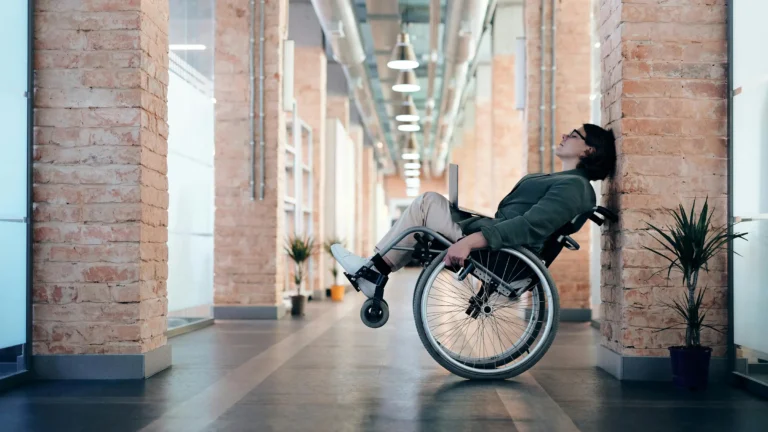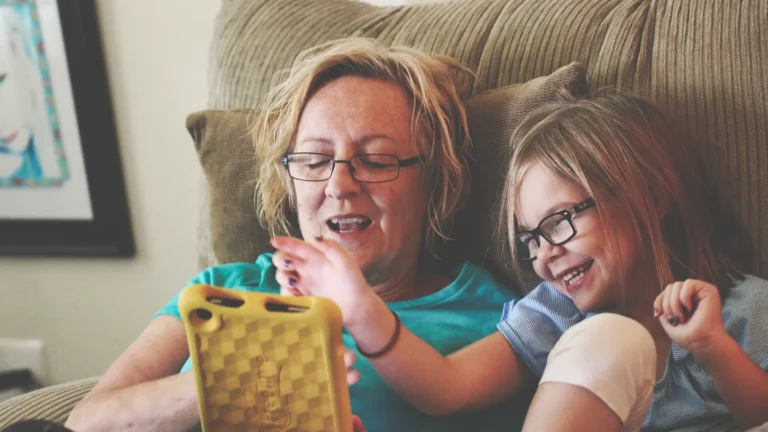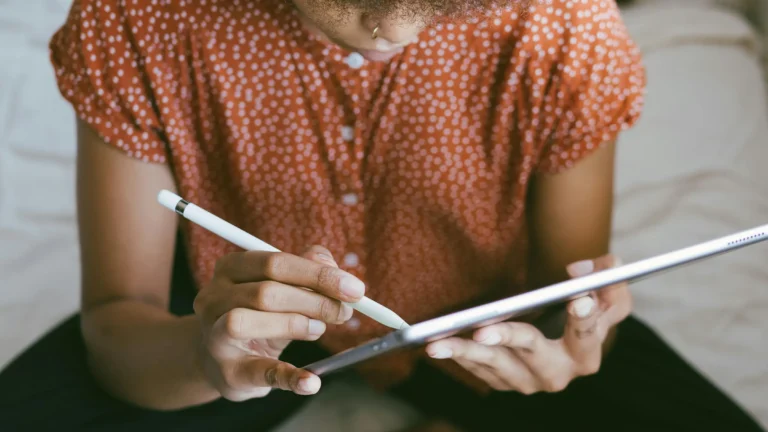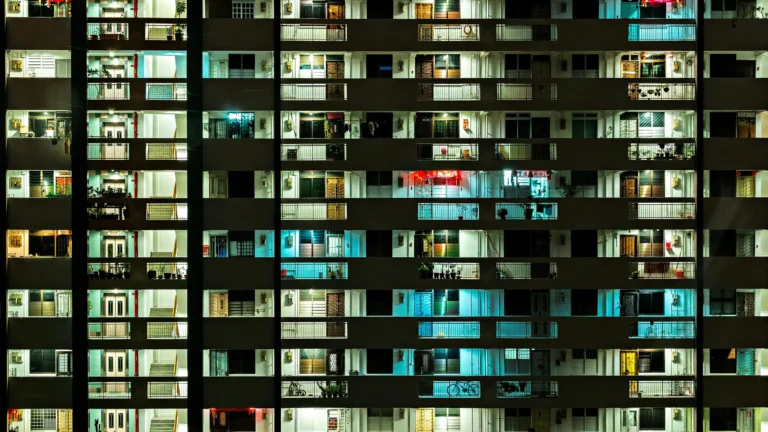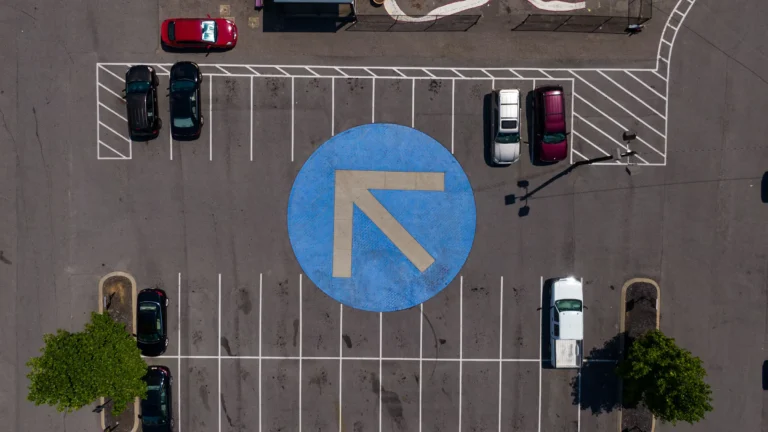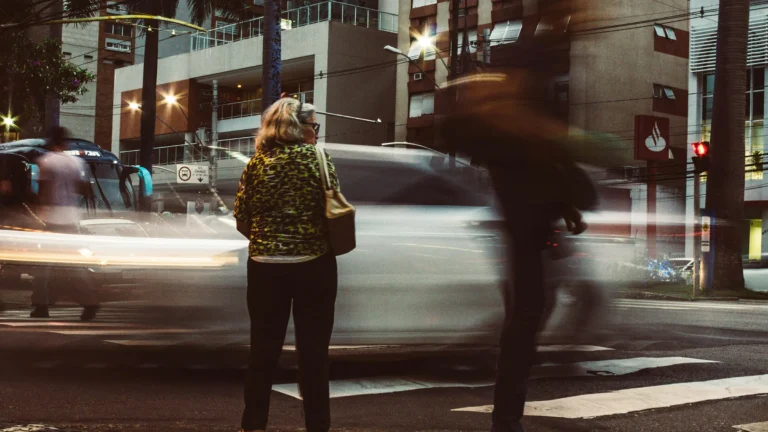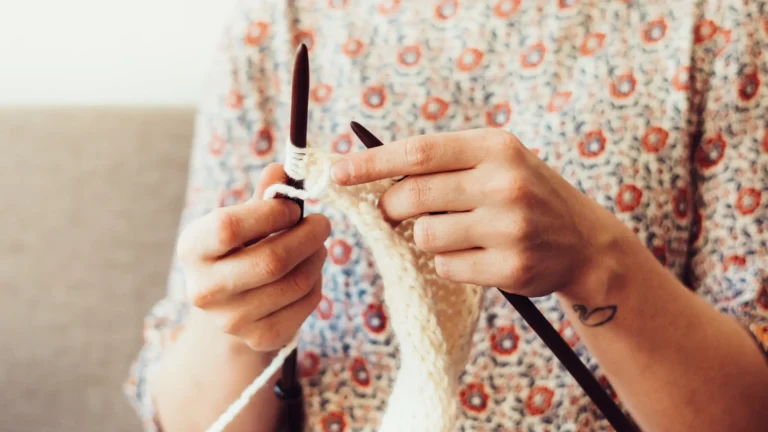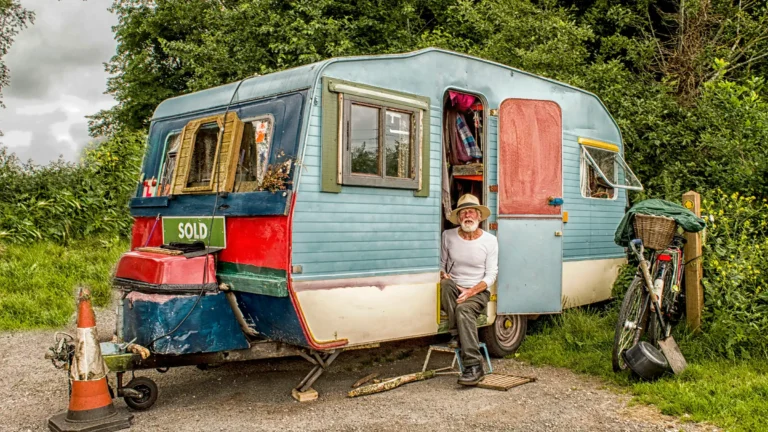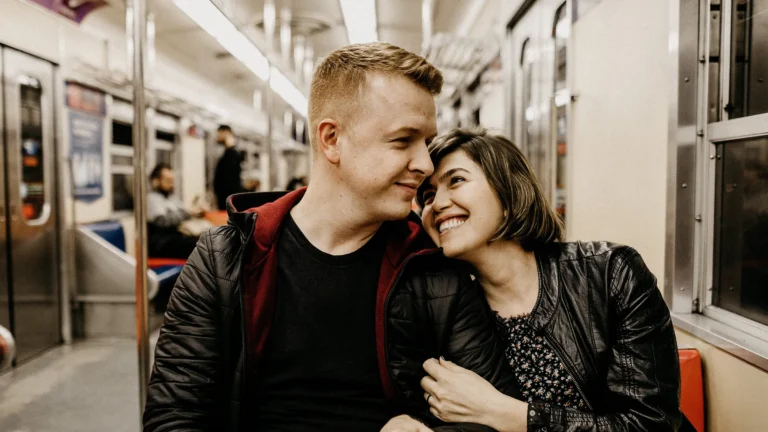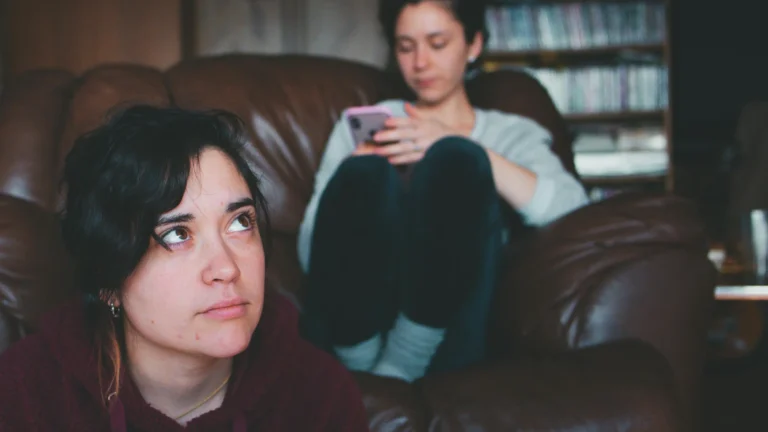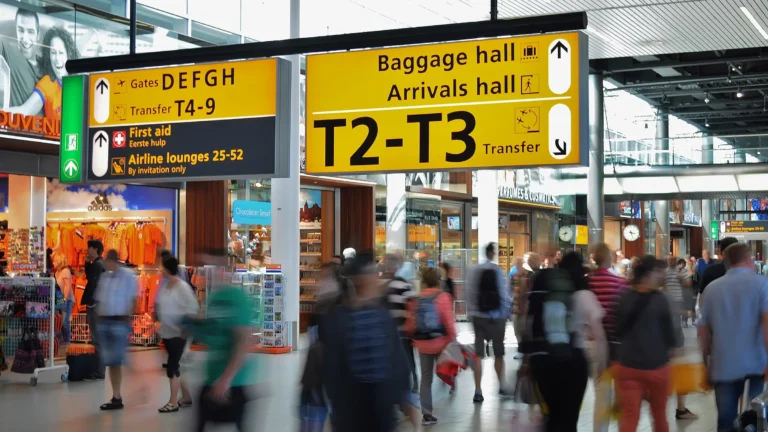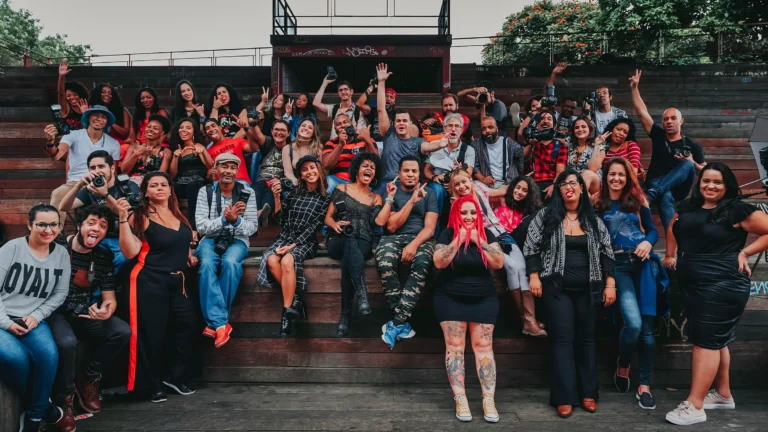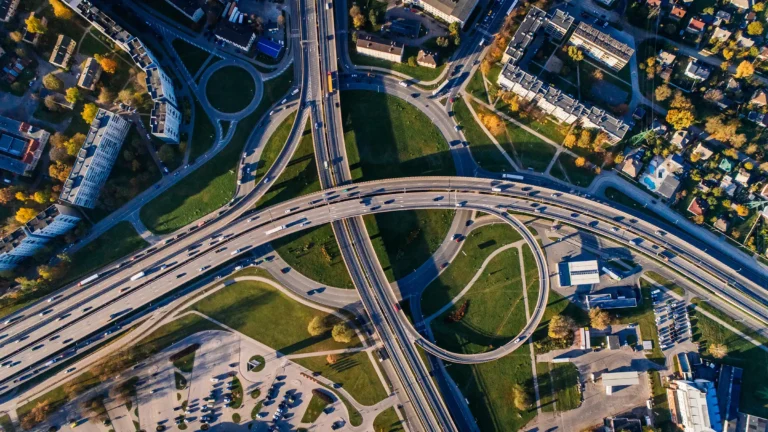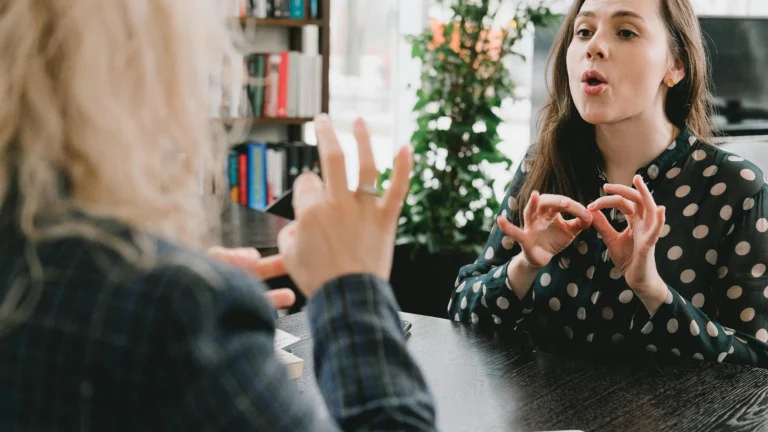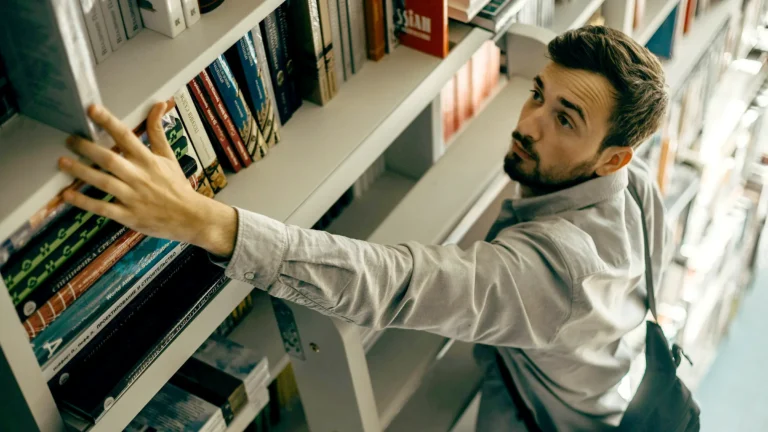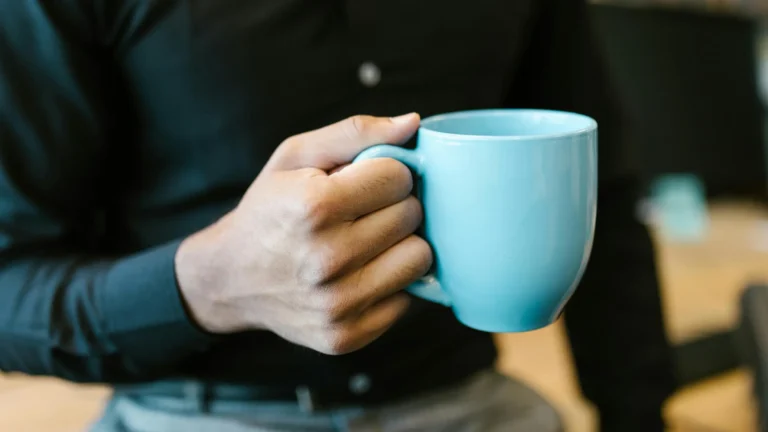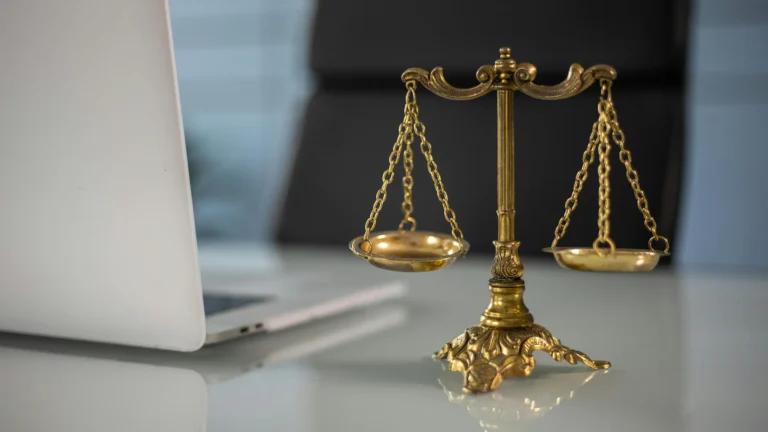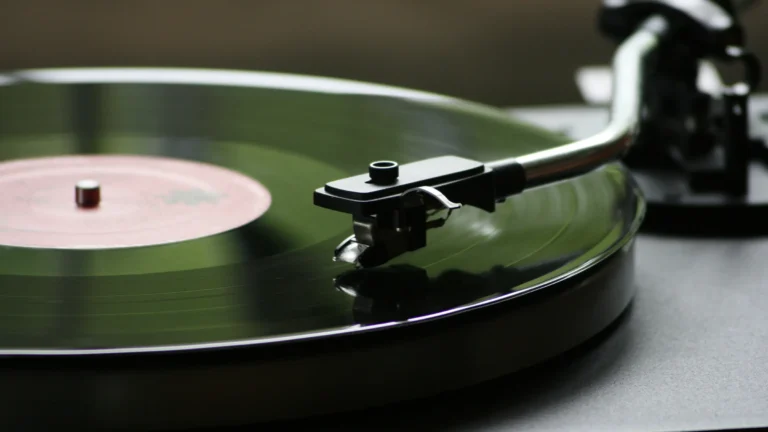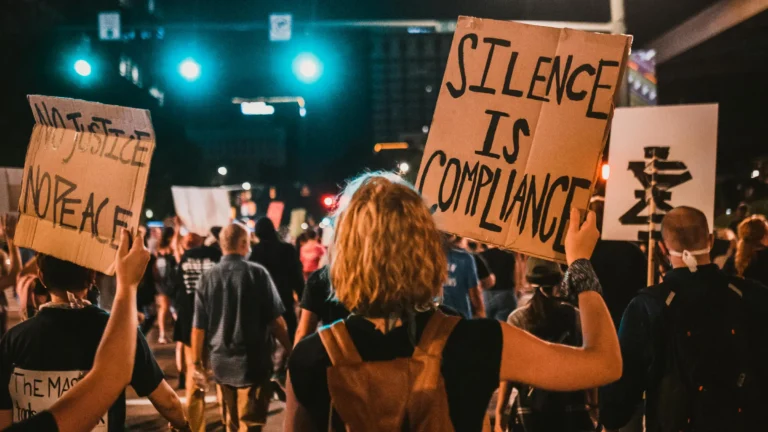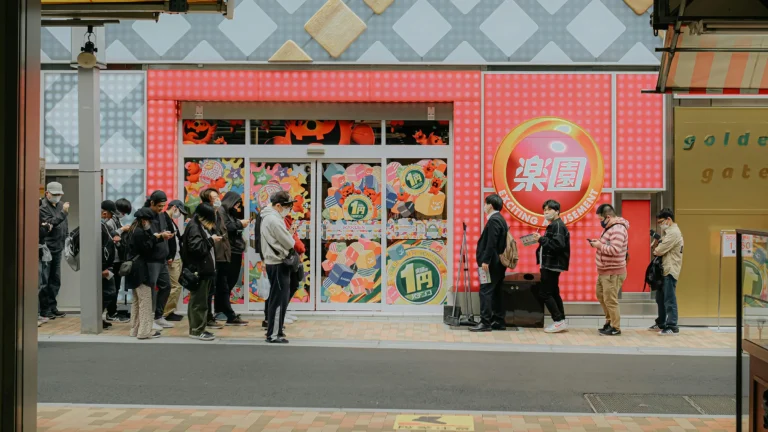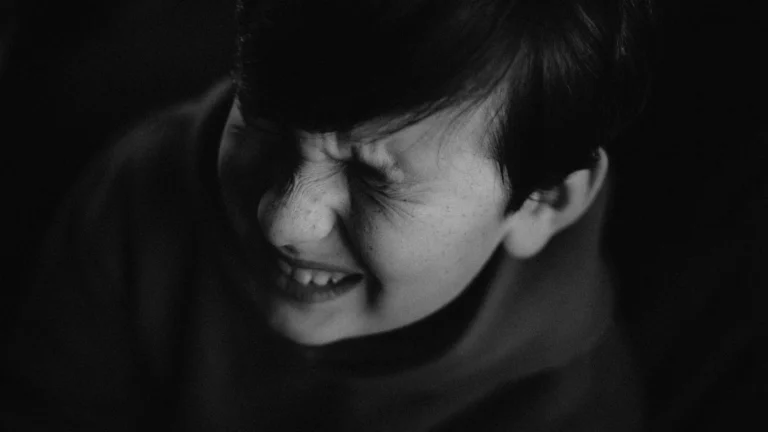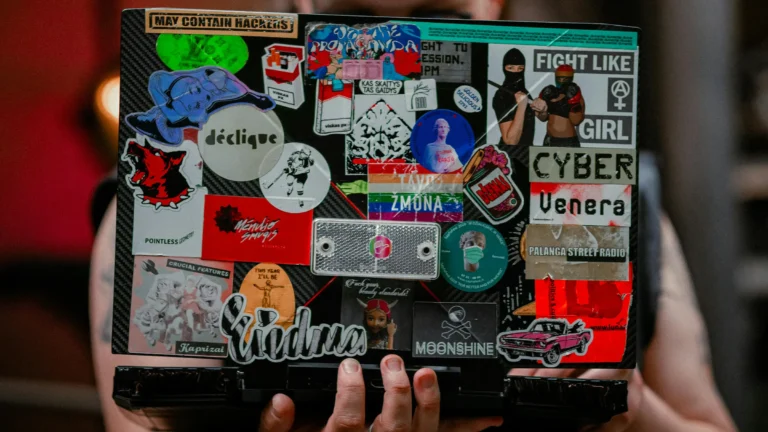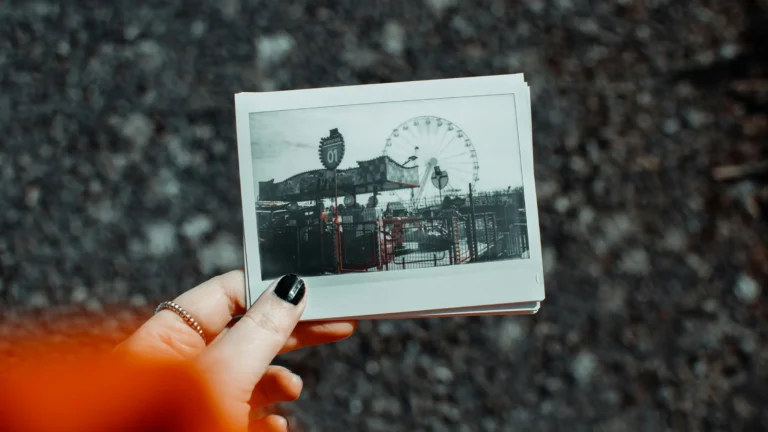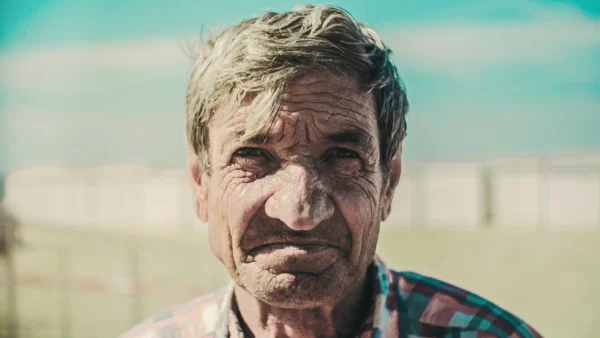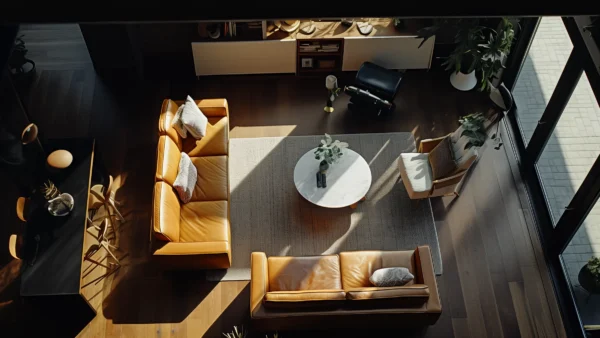Factors
Context
The physical spaces, ideas, and prevailing attitudes of a place and time affect experience design scenes.
A basketball arena
A living room in a house
A bus stop
A bus
More About Context
Opens the factor guide in new tab.
People: Self
A person's internal and physical identity.
34 years old
Scientist
Values intependence
Hopeful outlook
More About People: Self
Opens the factor guide in new tab.
People: Social
Ways people relate to others and how they perceive themselves in those relationships.
Star Trek fan
Introspective
Mother
Asian
More About People: Social
Opens the factor guide in new tab.
Design
Anything designed—a product, service, or system.
Coffee maker
Snow plow
Restaurant
Car wiring
More About Design
Opens the factor guide in new tab.
Characteristic Level
Physically observable and measurable factors. Characteristics can be identified and described.
3 feet long
15 degrees Celsius
Moscow, Russia
Retro style
More About Characteristic Level
Opens the factor guide in new tab.
Location
A place and time where an experience design scene takes place.
Paris, France
Remote mountain cabin
Hospital waiting room in 1964
Chicago Subway platform
More About Location
Opens the factor guide in new tab.
Physical Dimensions
The dimensions of physical spaces where experience design scenes take place.
A cramped airplane seat
Spacious art gallery
Narrow hallway
Massive open plains
More About Physical Dimensions
Opens the factor guide in new tab.
Body Size
A person's physical size.
Petite child
Plus-size shopper
Muscular athlete
Pregnant person
More About Body Size
Opens the factor guide in new tab.
Age
How long a person has lived.
2 year-old Toddler
Middle-aged professional
84 year-old adult
Teenager
More About Age
Opens the factor guide in new tab.
Sex
A person’s biological attributes that are typically assigned at birth but may be clarified or modified through development, medical evaluation, or medical interventions.
Female
Male
XX Intersex
XY Intersex
More About Sex
Opens the factor guide in new tab.
Dimensions/Scope
The size of physical products and the breadth and complexity of services and systems.
Pocket-sized tool
Enterprise system
Miniature component
Large-scale service
More About Dimensions/Scope
Opens the factor guide in new tab.
Material
Physical materials that comprise a designed outcome.
Stainless steel
Recycled plastic
Digital interface
Soft fabric
More About Material
Opens the factor guide in new tab.
Style
A design's distinctive appearance.
Minimalist aesthetic
Retro design
Playful colors
Professional finish
More About Style
Opens the factor guide in new tab.
Dynamic Level
Factors that change with conditions and situations.
Weather conditions
A folding chaor
Other marathon runners
Sick with the flu
More About Dynamic Level
Opens the factor guide in new tab.
Weather
Physical conditions in an indoor or outdoor setting.
Sudden rainstorm
Sweltering heat
Foggy morning
Comfortable air conditioning
More About Weather
Opens the factor guide in new tab.
Sensory
Stimuli that can be perceived with the senses.
Loud construction noise
Fresh bread aroma
Dim lighting
Vibrating phone
More About Sensory
Opens the factor guide in new tab.
Available Resources
Materials available for use in a setting.
Free WiFi
Water fountain
Charging station
Wheelchair ramp
More About Available Resources
Opens the factor guide in new tab.
Non-User Actors
People and objects in a context that are not the intended experiencer.
Crying baby
Security guard
Service dog
Delivery robot
More About Non-User Actors
Opens the factor guide in new tab.
Health Status
A person's physical and mental condition.
Chronic pain
High physical fitness
Fighting a cold
Managing depression
More About Health Status
Opens the factor guide in new tab.
Habits
People's behavioral tendencies.
Checks phone constantly
Morning coffee ritual
Exercises daily
Procrastinates
More About Habits
Opens the factor guide in new tab.
Body Movements
The ways people physically move their bodies.
Walks with a cane
Fidgets nervously
Graceful dancer
Slouches
More About Body Movements
Opens the factor guide in new tab.
Relationships
Ways people are connected to others.
New parent
Caregiver
Estranged sibling
Close friends
More About Relationships
Opens the factor guide in new tab.
Role
The functions a person plays in different situations.
Team leader
Student learner
Customer
First-time visitor
More About Role
Opens the factor guide in new tab.
Gender Expression
The outward presentation of a person's gender through clothing, behavior, hairstyle, voice, and other expressive cues.
Masculine presentation
Feminine style
Androgynous look
Non-conforming dress
More About Gender Expression
Opens the factor guide in new tab.
Condition
A design's current state of functionality and upkeep.
Brand new
Well-worn
Broken screen
Pristine condition
More About Condition
Opens the factor guide in new tab.
Operation
The sequence of steps required to use a product, service, or system.
Three-step process
Manual control
Voice activated
Touch interface
More About Operation
Opens the factor guide in new tab.
Configuration
A design's current phase or arrangement.
Folded compact
Expanded mode
Default settings
Adjustable position
More About Configuration
Opens the factor guide in new tab.
Complex Level
Multifaceted factors that involve many interrelated concepts.
20 minutes to departure
Lesbian
Usable interface
Handy with auto repairs
More About Complex Level
Opens the factor guide in new tab.
Demographics
The measurable qualities of people and people groups in a population.
College town
Retirement community
Tech hub
Rural farming area
More About Demographics
Opens the factor guide in new tab.
Laws
Physical and social conventions that govern settings.
No smoking policy
Speed limit
Parking restrictions
Building codes
More About Laws
Opens the factor guide in new tab.
Time
The duration of time in which experience design scenes take place.
8 months until birth
All day to relax
One week of vacation
30-minute lunch break
More About Time
Opens the factor guide in new tab.
Knowledge
Facts, information, experiences, and insights a person has acquired.
Expert programmer
Novice cook
Medical knowledge
Local insider
More About Knowledge
Opens the factor guide in new tab.
Attention
Concentration on the activity at hand.
Easily distracted
Multitasking
Hyper-aware
Zoned out
More About Attention
Opens the factor guide in new tab.
Abilities
Competence or skill to complete an activity.
Blind user
Skilled craftsperson
Limited mobility
Deaf community member
More About Abilities
Opens the factor guide in new tab.
Attitude
A way of thinking or feeling about an activity, product, service, or system.
Enthusiastic supporter
Resistant to change
Optimistic outlook
Cynical perspective
More About Attitude
Opens the factor guide in new tab.
Race
A person's perceived physical traits shaped by historical and cultural contexts.
Black
White
Asian
Indigenous
More About Race
Opens the factor guide in new tab.
Social Class
A classification based on a person's socio-economic status, including factors such as income, education, and occupation.
Working class
Upper middle class
Experiencing poverty
Wealthy elite
More About Social Class
Opens the factor guide in new tab.
Personality
A person's distinctive character.
Extroverted networker
Introverted thinker
Risk-taker
Cautious planner
More About Personality
Opens the factor guide in new tab.
Sexual Orientation
Patterns of emotional, romantic, and/or sexual attraction to others.
Gay
Bisexual
Asexual
Heterosexual
More About Sexual Orientation
Opens the factor guide in new tab.
Subjective Norm
A person's perception of how others will judge or expect them to behave.
Peer expectations
Family pressure
Community norms
Social media influence
More About Subjective Norm
Opens the factor guide in new tab.
Usefulness
The relevancy of a designed outcome to people who use it for a purpose.
Solves real problem
Mostly decorative
Essential tool
Rarely needed
More About Usefulness
Opens the factor guide in new tab.
Usability
How easily and effectively a user can operate a design to achieve their goals.
Intuitive interface
Confusing controls
Easy to learn
Requires training
More About Usability
Opens the factor guide in new tab.
Accessibility
The measure of obstacles that prevent people from accessing a product, service, or system.
High contrast mode
Wheelchair accessible
Closed captions
Large buttons
More About Accessibility
Opens the factor guide in new tab.
Sustainability
Design that meets present needs while ensuring long-term viability—environmentally, socially, and organizationally.
Cost-efficient operations
Recyclable materials
Low energy use
Maintainable over time
More About Sustainability
Opens the factor guide in new tab.
Underlying Level
These factors underpin contexts, people, and design—below the surface.
Chinese language
Closeness with co-workers
Making ethical choices
Religious beliefs
More About Underlying Level
Opens the factor guide in new tab.
Cultural Makeup
The variety of cultural expressions, traditions, languages, values, and beliefs that exist within a community.
Multilingual signage
Only fast-food options
High school football night
Religious plurality
More About Cultural Makeup
Opens the factor guide in new tab.
Hierarchy
Power or influence relationships between variables in a context.
Corporate structure
Social status markers
A building dominates a skyline
Impending hurricane
More About Hierarchy
Opens the factor guide in new tab.
Interconnections
Exchanges and interdependencies between components in experience design scenes.
Transit hub
Social network
Ecosystem
Communication web
More About Interconnections
Opens the factor guide in new tab.
Language
The words, gestures, and symbols a person uses to communicate and express thoughts and emotions.
Native Spanish speaker
Sign language user
Bilingual communicator
Technical jargon
More About Language
Opens the factor guide in new tab.
Values
Fundamental beliefs about what is desirable and ideal.
Family first
Career-focused
Spiritual seeker
Social justice advocate
More About Values
Opens the factor guide in new tab.
Autonomy
The capacity to make choices and have control over one's own life.
Seeking control
Self-directed learner
Restricted choices
Empowered agent
More About Autonomy
Opens the factor guide in new tab.
Competence
The feeling of being effective and skilled in one's activities and interactions.
Building skills
Feeling capable
Struggling learner
Confident expert
More About Competence
Opens the factor guide in new tab.
Culture
Shared beliefs, values, traditions, and behavioral patterns that shape how a group understands and interacts with the world.
Collectivist mindset
Individualist approach
Traditional practices
Cultural hybrid
More About Culture
Opens the factor guide in new tab.
Intention
A person's determination to complete an activity.
Determined to succeed
Half-hearted effort
Uncertain purpose
Strong commitment
More About Intention
Opens the factor guide in new tab.
Relatedness
Affordances
The actions a design makes possible or invites a user to perform.
Obvious handle
Push plate
Clickable link
Slidable control
More About Affordances
Opens the factor guide in new tab.
Desirability
The aesthetic, emotional, and symbolic appeal that makes a design attractive or compelling.
Status symbol
Emotional appeal
Aspirational brand
Delightful surprise
More About Desirability
Opens the factor guide in new tab.
Ethics
The extent to which a design avoids harm and upholds fairness, responsibility, and integrity in its creation and use.
Fair trade sourced
Privacy-first
Transparent data use
Social responsibility
More About Ethics
Opens the factor guide in new tab.
Purpose
The intended function or outcome a design exists to accomplish.
Enable communication
Provide shelter
Facilitate learning
Entertain users
More About Purpose
Opens the factor guide in new tab.
Core Level
Foundational, often unspoken factors that reside at the deepest levels of contexts, people, and design.
Heirloom jewelery
Fear of strangers
Feeling hopeful
Economic downturns
More About Core Level
Opens the factor guide in new tab.
Social Climate
Perceived attitudes in a setting.
Welcoming vibe
Competitive energy
Fearful mood
Celebration spirit
More About Social Climate
Opens the factor guide in new tab.
Social Norms
Unwritten "rules" that define acceptable behavior.
Quiet library
Tipping expected
Remove shoes
Eye contact varies
More About Social Norms
Opens the factor guide in new tab.
Self-Concept
People's beliefs, perceptions, and evaluations about themselves.
Feeling inadequate
Strong sense of identity
Questioning oneself
Positive self-image
More About Self-Concept
Opens the factor guide in new tab.
Worldview
The lens through which a person interprets reality, shaping their assumptions about life, meaning, and the nature of the world.
Optimistic outlook
Pessimistic lens
Religious framework
Scientific perspective
More About Worldview
Opens the factor guide in new tab.
Sensations
Physical sensations such as pain or coldness.
Sharp pain
Comfortable warmth
Refreshing coolness
Unpleasant itch
More About Sensations
Opens the factor guide in new tab.
Mood
A person's underlying emotional state.
Joyful
Irritable
Melancholic
Peaceful
More About Mood
Opens the factor guide in new tab.
Meaning
A design's functional, cultural, and emotional significance to those who use it.
Family heirloom
Cultural symbol
Memento
Status marker
More About Meaning
Opens the factor guide in new tab.
Memorability
Design that resonates emotionally with users and leaves lasting impressions.
Unforgettable experience
Lasting impression
Easily forgotten
Remarkable moment
More About Memorability
Opens the factor guide in new tab.

